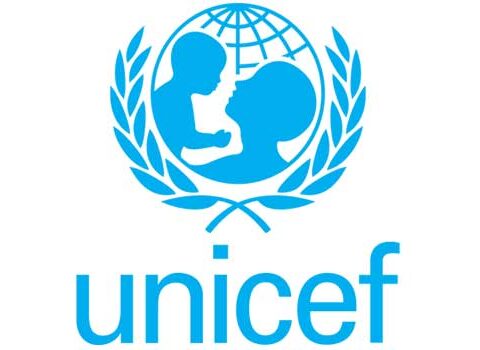In every corner of the globe, millions of children are facing an alarming reality: severe water scarcity driven by the devastating effects of the ongoing climate crisis.
As the planet continues to grapple with rising temperatures, droughts, and erratic weather patterns, the future of these young generations hangs in the balance, demanding immediate attention and concerted efforts to mitigate the crisis.
According to the United Nations, about 2.2 billion people still do not have access to safe drinking water. Safe water means having water at home, whenever needed, and free from contamination.
It added that eight out of ten people who lack even basic drinking water live in rural areas. Two-thirds of people who lack even basic sanitation live in rural areas. 9 out of 10 people who practice open defecation live in rural areas.
Water, an essential resource for survival and development, has become a luxury for many children worldwide. According to recent studies, over two billion people, including a significant number of children, live in countries experiencing high water stress.
These regions are grappling with not only dwindling water supplies but also contaminated and unsafe water sources, leading to a multitude of health issues and compromising the well-being of millions of children.
In sub-Saharan Africa, for instance, prolonged droughts have transformed once-fertile lands into arid landscapes, leaving children and their communities desperate for water.
Walking long distances, often for hours, in search of a water source has become a daily routine for these young ones, resulting in disrupted education, increased vulnerability to diseases, and limited opportunities for growth and development.

The changing climate is destroying, drying up, and contaminating water sources. By 2040, 600 million children will live in areas of water stress, unless we act now.
Asia, too, is experiencing the adverse impacts of water scarcity on its youth. Countries like India, Bangladesh, and Pakistan are grappling with the fallout of irregular monsoon seasons and groundwater depletion, leaving millions of children at heightened risk of malnutrition, dehydration, and waterborne diseases.
The situation is particularly dire in densely populated urban areas, where access to clean water is a constant struggle for marginalized communities.
Even in regions that have traditionally been water-rich, such as parts of North America and Europe, the effects of climate change have not spared the youngest members of society. Severe droughts, unprecedented heatwaves, and dwindling snowpack in mountainous areas have disrupted water supplies, leaving children vulnerable to not only physical health risks but also psychological distress caused by the uncertainty and instability surrounding their water sources.
The consequences of water scarcity on children are far-reaching. Malnutrition, stunted growth, compromised immune systems, and increased vulnerability to waterborne diseases are just a few of the immediate health impacts.
Furthermore, the burden of water collection often falls disproportionately on girls, who are forced to forgo education and endure the physical strain of fetching water long distances, perpetuating a cycle of poverty and inequality.
Addressing this global crisis requires a multi-faceted approach. Governments, international organizations, and communities must work together to prioritize water conservation, invest in sustainable infrastructure, and promote water management practices that are resilient to the impacts of climate change.

Innovative solutions, such as rainwater harvesting, water recycling, and the development of drought-tolerant crops, can help alleviate the strain on water resources and provide a lifeline to the children most affected by water scarcity.
Education and awareness campaigns should also be intensified to instill water conservation habits in children from an early age. By fostering a sense of environmental stewardship and promoting responsible water use, future generations can become active participants in safeguarding this precious resource.
As the global community grapples with the far-reaching implications of the climate crisis, it is paramount that we prioritize the needs of the most vulnerable among us—our children, by taking immediate action to address water scarcity, to ensure a sustainable and secure future.
By Dare Akogun







